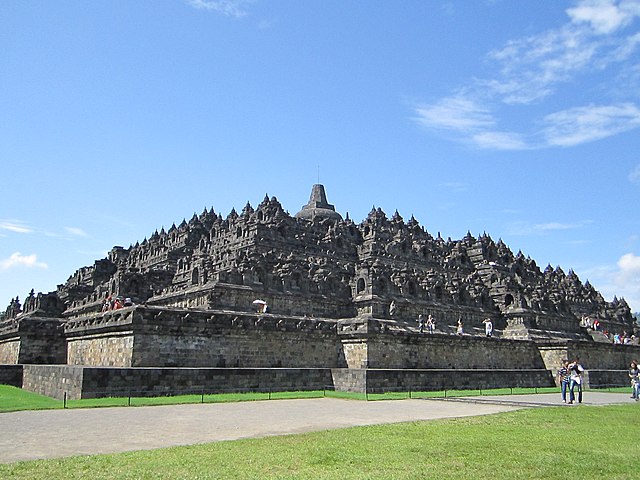We just learned about the emperor Constantine the Great who became the first Christian Emperor.
Another person from early Christianity is Saint Helena.
Helena was the mother of Constantine.
She became a Christian, and her son Constantine told her she could go into where all the Roman treasure was kept and try to find old Christian things that were taken away when Christianity was illegal.
He also gave her the job to go out and build some churches that are still around today over a thousand years later.

(from: wikipedia - helena (empress))
Kid Facts - Blast from the past: Barnabas








